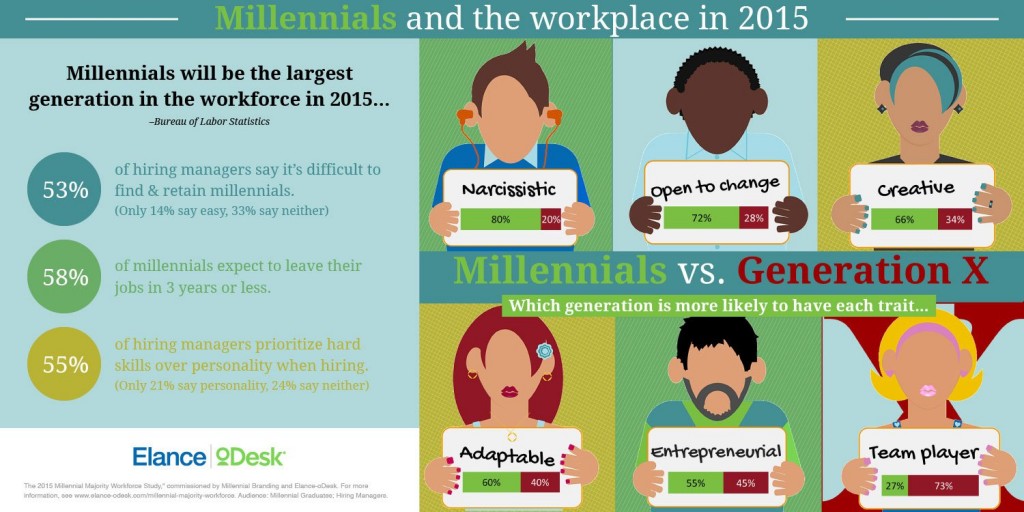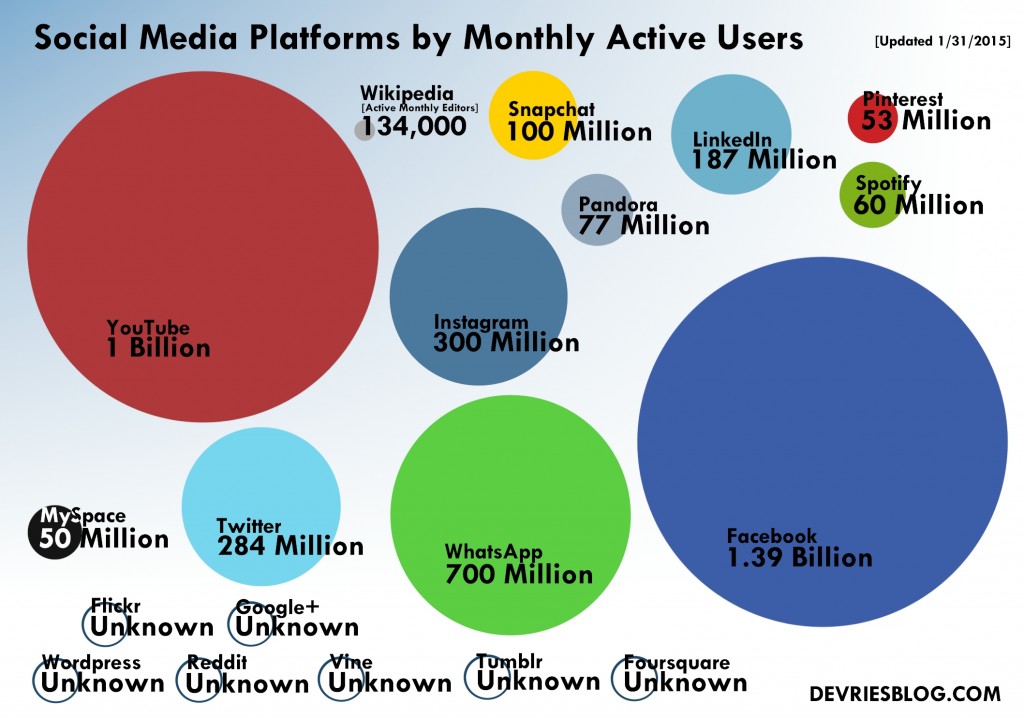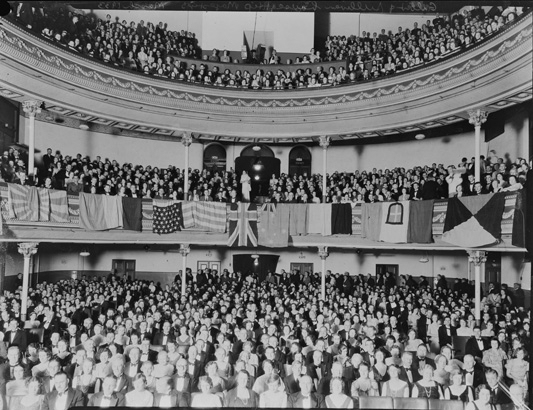By Barb Adams
In a recent editorial entitled Whither the Gold Watch?, a pipeline services company executive lamented the tendency of millennials — those 20- and 30-somethings expected to represent 75 percent of the global workforce by 2025 — to “job hop” rather than put in long, loyal careers with a single firm.
But the capricious nature of millennials is just one aspect of the perfect talent-management storm facing oil and gas companies. As the result of an aging workforce retiring in droves and fewer students preparing for energy industry careers, the mismatch between the number of job openings and the pool of candidates prepared to fill them is staggering. In fact, it’s estimated that there will be half a million openings in the oil and gas industry over the next five years.
What’s a beleaguered hiring manager to do?
Many energy companies are pulling out all the stops — remunerative and otherwise — to keep those flighty millennials, the presumptive next generation of industry leaders, engaged and in place. And with talent poaching rampant, retention is easily a full-time effort.
But retention is just one part of the equation. The first step, of course, is recruiting millennials. And to do that successfully, you have to know how to communicate with them.
”
Understanding Millennials Can Help You Craft Content
Not since the cave paintings at Lascaux has a generation been so inclined to use representations to express ideas as millennials are. Emojis, emoticons, endless abbreviations — they’re all part of the lexicon of these digital natives.
Don’t be inclined to “go there,” as they say: Unless you want prospective employees to LOL (laugh out loud), there’s no place for “U will (heart) working here” in your recruitment efforts.
Instead, let’s consider what your mobile-friendly website, LinkedIn and Facebook ads, Tweets, YouTube videos, and other recruiting materials should include. (And yes, you should be using each of those avenues to promote your company to potential new hires.)
Although there’s no exact template to follow, taking a look at some of the considerable research into millennials’ preferences can help direct your content development. Consider these six guidelines.
1. When Oil and Gas Monitor studied the habits of more than 10,000 millennials, it discovered the group is not as motivated by money as previous generations. Instead, millennials prefer an environment where they can “develop, demonstrate their talents, and progress through the company.” In addition, millennials value collaboration and teamwork. Your recruiting efforts should describe how employees, working together, could have a positive impact on your organization.
2. Axero Solutions, a social software company, said because this generation was raised on social media and entertainment, millennials respond to stories, anecdotes, and individual narrative. That means testimonials by peers who are advancing in your company can be extremely powerful and influential.
3. As Rigzone has noted, the tech-heavy oil and gas industry is almost naturally appealing to this wired demographic. Early adopters of technology, millennials equate newer with better. But not only do they love new devices, millennials also seek “fresh ideas, innovative approaches, and original insights,” according to Axero Solutions. In addition to using technology such as social media and YouTube videos to reach millennials, it’s important to show them the technology they’ll work with in your organization, as well as the kind of innovation your company produces.
4. It’s all right to be playful, said Will Pearson, co-founder of Mental Floss magazine, speaking at the World Innovation Forum in New York City. Quoted in a report by Entrepreneur magazine, Pearson described millennials’ favorite media as a combination of goofy, earnest, and confident. You can tailor your messages with “quirk in an authentic voice,” he says. In other words, “whimsy is acceptable, but be genuine about it.” The serious-to-the-point-of-being-dour language that may have enticed Baby Boomers won’t cut it with millennials.
5. Pearson also said that millennials switch their attention between electronic devices up to 27 times an hour. Given that dizzying pace, is it even possible to catch their attention? According to Lindsey Pollak, the self-proclaimed “Millennial Workplace Expert,” the answer is, yes. She suggests that organizations present information in digestible bits through social media. Tweets, for example, take only seconds to consume, and retweeting builds your audience exponentially. Millennials also respond well to informational videos and infographics.
6. Millennials want to change the world. They also want to work in a company that supports that goal. In fact, in a Bentley University study, 84 percent of respondents said that “helping to make a positive difference in the world is more important than professional recognition.” Couple that with the results of a survey by researchers Millennial Branding and hiring site Beyond.com, indicating the main reason millennial workers will stay at a company is if there is a “good cultural fit,” and it’s clear. That means that recruiting materials should tout your company’s social and environmental activities and describe how they are interwoven with your business values and corporate culture.
With retention a continuing issue, some employers have pessimistically referred to the hiring of millennials a very expensive revolving door. But because they represent the future of the oil and gas industry, it’s essential to get the best candidates through that door. Upgrading your recruiting materials so they speak the language of the generation can help.





![Reblog this post [with Zemanta]](https://www.thewritersforhire.com/wp-content/HLIC/54e6a3db43b098ecbf5db09e027cb1c1.png)

